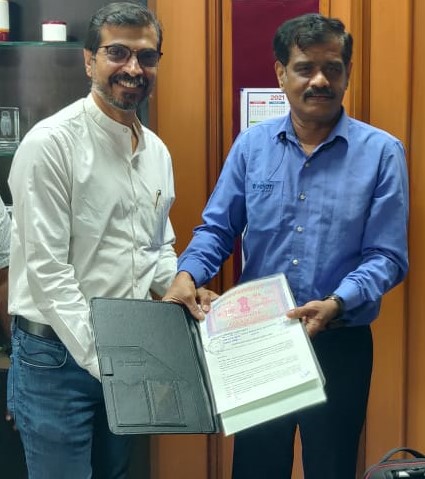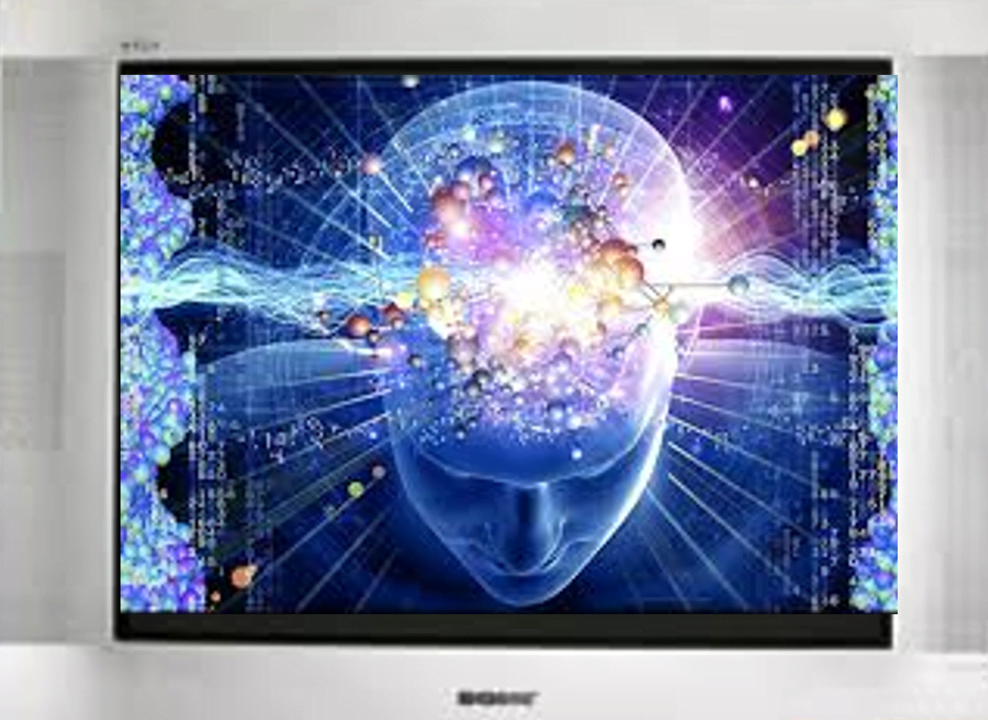When I had to make a choice of Flat screen CRT TV in the early 2000s, Sony
Trinitron, which was then known in the market as the emblem of premier CRT
televisions, was my select. Following years, slimmer, better-looking HD-ready LCD
and LED TVs came along…but with the CRT TV meeting the requirements, I was more than
happy to pull along for many more years. It is a different matter that eventually,
my family’s choice took precedence over mine and I had to upgrade to a sleeker,
wider, digital, smart TV. However not prepared to junk the impeccably performing CRT
TV, I continue to use the bulky TV from the sunset years of its technological life;
waiting for it to have a natural death.
Needing a convincing, why my CRT TV hasn’t quite died out yet, it takes me to the
question of understanding reliability.
When reliability is the probability of performing a required function
without
failure for a stated period of time. The moot question is on deciding on the
the
goals for the service life, design life and market life characterized by
their
varying degree of independence and interdependence. While the service life
delineates wear characteristics of the product, design life defines the life
expectancy of the product and the market life outlines the time the product
continues to be sold in the market.
The unparalleled strength of Sony brand that has all along been my choice has
endured for decades with exceptional reliability which allowed it to charge a
significant premium for its products. However, in this era of rapid rate of
technological advances where the time between new product roll outs shrinking and
the average lifetime of products falling; cost pressure and the time to capture
Mind
share takes precedence. As a result, the design philosophy has to cope with
the
shifts of technology…that would test the reliability of systems.
This would entail a philosophy, where technology obsolescence precedes the life
expectancy of a product; while at the same time the design margins are optimized to
make the best of market life. To make this work, knowledge on Technology
obsolescence and Physics of Failure (PoF) are both important. Accurate prediction of
technology obsolescence being near to impossible, the Tech industry is adapting to
this idea of planned obsolescence of product technology and integrating physics of
failure approach to the design process for optimizing the design margins.
The PoF approach incorporates reliability into the design process by establishing a
scientific basis for evaluating materials, components and mechanisms. PoF models are
then applied to Highly Accelerated Life Tests (HALT) of physical prototypes pushing
the product beyond its operating stress conditions to accelerate failure. HALT with
multi-sensor data analysis helps determine the operating and destruct limits of a
design and with a prognostic intelligence model the faulted components Remaining
Useful Life (RUL) gets defined to either strengthen or optimize the design margins.
In this era of tectonic shifts in technology, where the pace at which products
arrive and fade from the market is fast shrinking, the reliabilty of systems are
being put to severe test. Advancement of Digital Technology in Simulation, Test,
Measurement, Control; powered by Artificial Intelligence is now fast gearing up
to meet the new set challenges.

